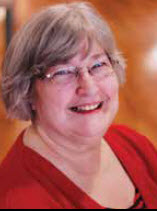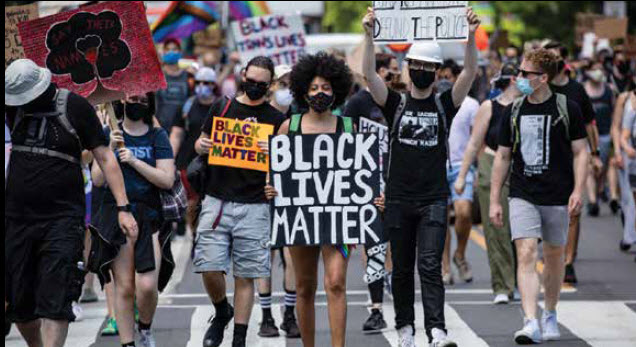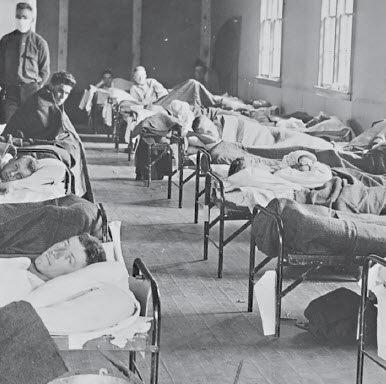Comparing Times
 By: Wanda Campbell
By: Wanda Campbell
“America was tired. Tired of the stay-at-home orders, mandatory masks, business closures, and social distancing rules.”
You would think that is a headline in today’s paper, but it is not. It is a headline from 1918 during the Spanish flu era. In an NBC news article by Dartunorro Clark, May 11, 2020, he wrote “More than a century before armed protesters stormed the state Capitol in Lansing, Michigan, last month, a vocal minority of San Franciscans risked going to jail rather than cover theirs face during the Spanish flu pandemic.”

1918 Spanish Flu
The 1918 Spanish flu pandemic was the most severe pandemic in recent history. It was caused by an H1N1 virus with genes of avian origin. Although there is not universal agreement regarding where the virus originated, it spread worldwide during 1918-1919. In the United States, it was first identified in military personnel in spring 1918. It is estimated that about 500 million people or one-third of the world’s population became infected with this virus. The number of deaths was estimated to be at least 50 million worldwide with about 675,000 occurring in the United States.
 2020 Coronavirus
2020 Coronavirus
As of September 1, the United States has 6,058,801 confirmed cases of the coronavirus. There have been 184,818 deaths. In Alabama, there are 127,616 confirmed cases and 2,200 deaths. Over 25 million people have been sickened and more than 800,000 have died worldwide of the coronavirus since the start of January, according to NBC News and Johns Hopkins University. COVID-19 cases have been confirmed in at least 200 countries and territories. Close to 90 countries have more than 10,000 cases, and more than 45 have reported at least 1,000 coronavirus deaths. But this is not the only similarity to the 1918 pandemic.
On March 13, 1962, John F Kennedy said, “Those who make peaceful revolution impossible will make violent revolution inevitable.”
Red Summer
Red Summer is the period from late winter through early autumn of 1919 during which racial riots took place in more than three dozen cities across the United States. The term “Red Summer” was coined by civil rights activist and author James Weldon Johnson, who was employed by the National Association for the Advancement of Colored People (NAACP). In 1919, he organized peaceful protests against the racial violence that occurred that summer.

Black Lives Matter
The homicide of George Floyd on May 25, 2020, has led to weeks of protests and changes to address racism at all levels of society. As with numerous other police-involved deaths, peaceful protests for racial justice took place to call attention to this ongoing concern. Black Lives Matter and other activists behind the protests have issued numerous complaints against police for racial discrimination and brutality in policing communities of color. They have also demanded investment in Black, Indigenous and People of Color (BIPOC) communities and disinvestment in police services. The calls for racial justice and the end of police brutality are resonating with people across the country beyond the Black community.
“Those who cannot remember the past are condemned to repeat it.” Studying history is necessary to avoid repeating past mistakes. This saying comes from the writings of George Santayana, a Spanish-born American author of the late nineteenth and early twentieth centuries.
By: Wanda Campbell
Center for Lifelong Learning – 121 South Marion Street, Athens, AL 35611 – 256-233-8262